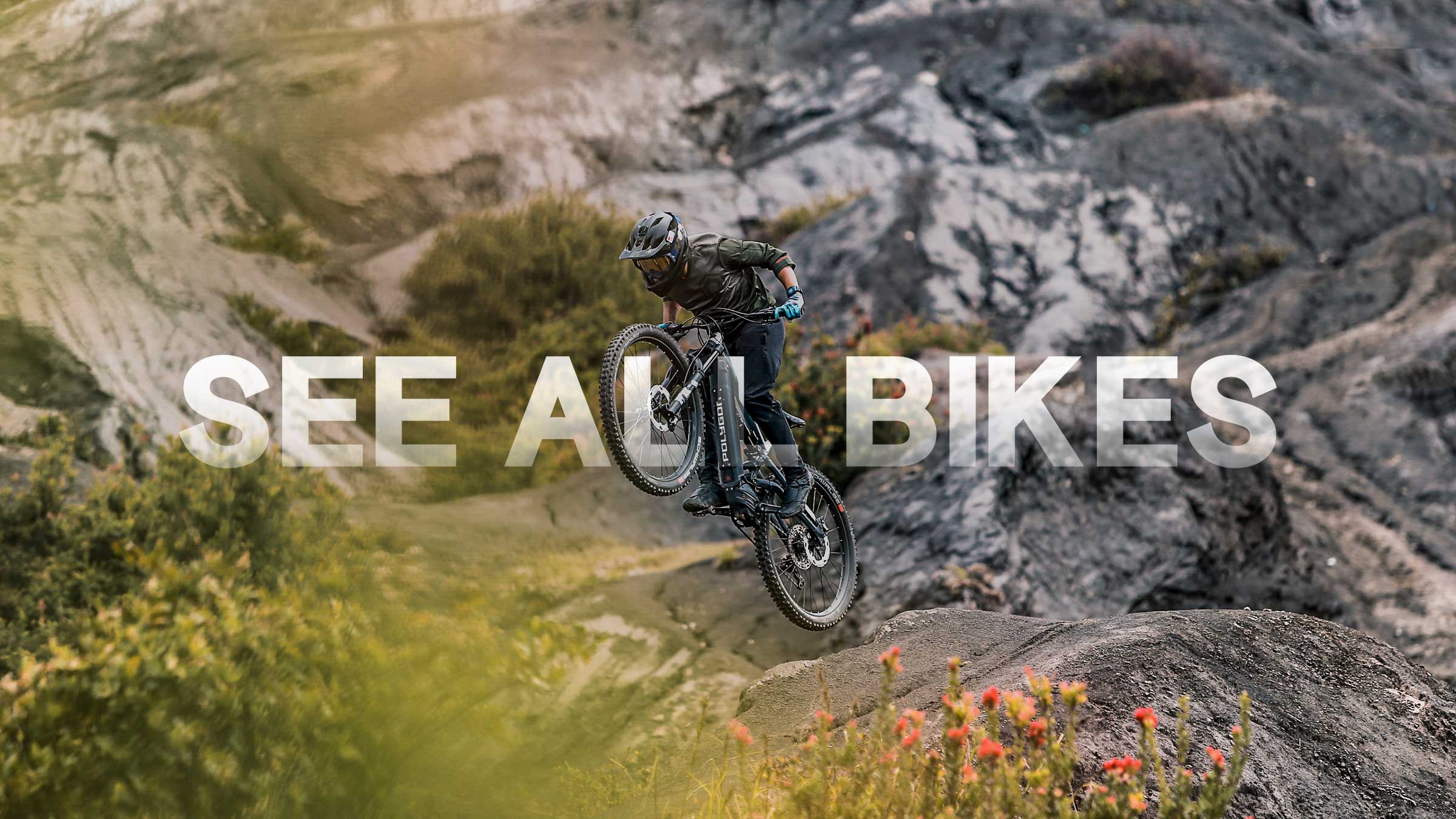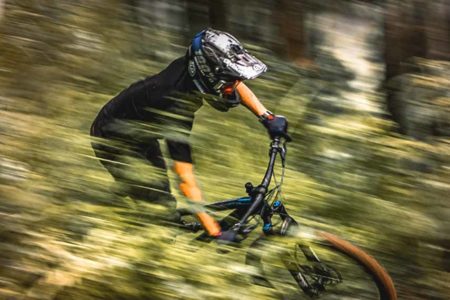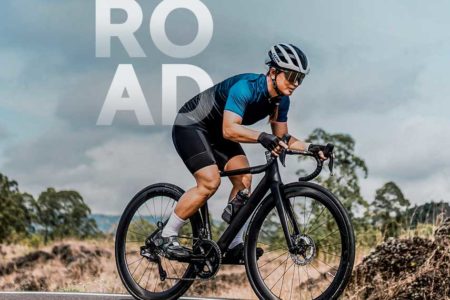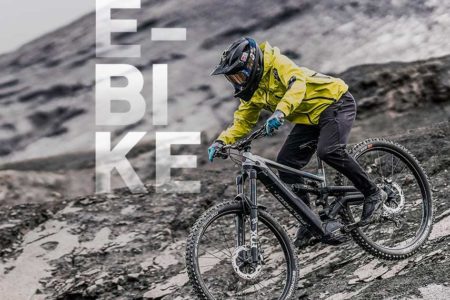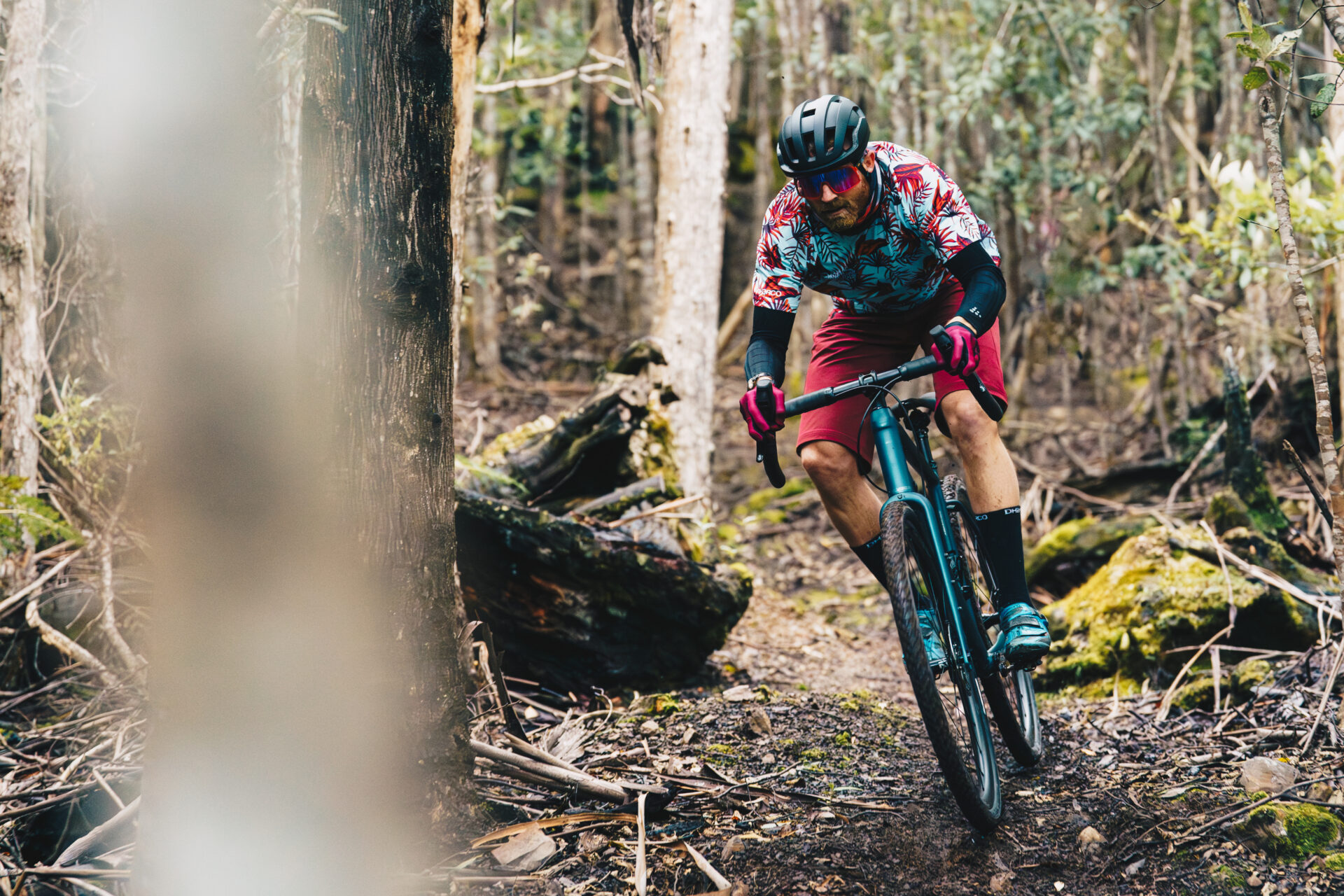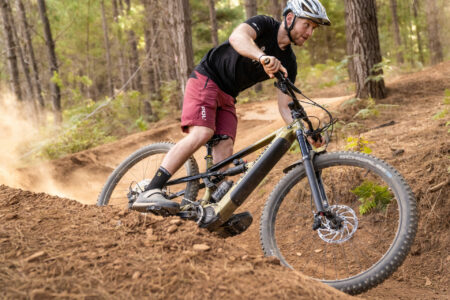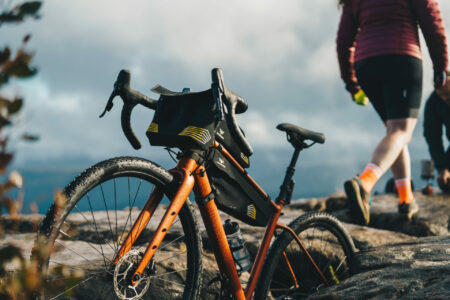You may already be familiar with the standard gravel bike that can handle road trails and gravel terrains. However, did you know there's another type of bike called gravel touring? It is specifically designed to support your adventurous light touring activities.
Understanding the various types of bikes can indeed feel overwhelming, especially when you're just starting out and trying to navigate the vast knowledge within the cycling community. Fret not, this article will help you quickly grasp the essential aspects to consider when choosing a gravel bike for touring and the recommended setup it should have. Without further do, let's jump right into the information you need. Happy reading!
What is a Gravel Bike?
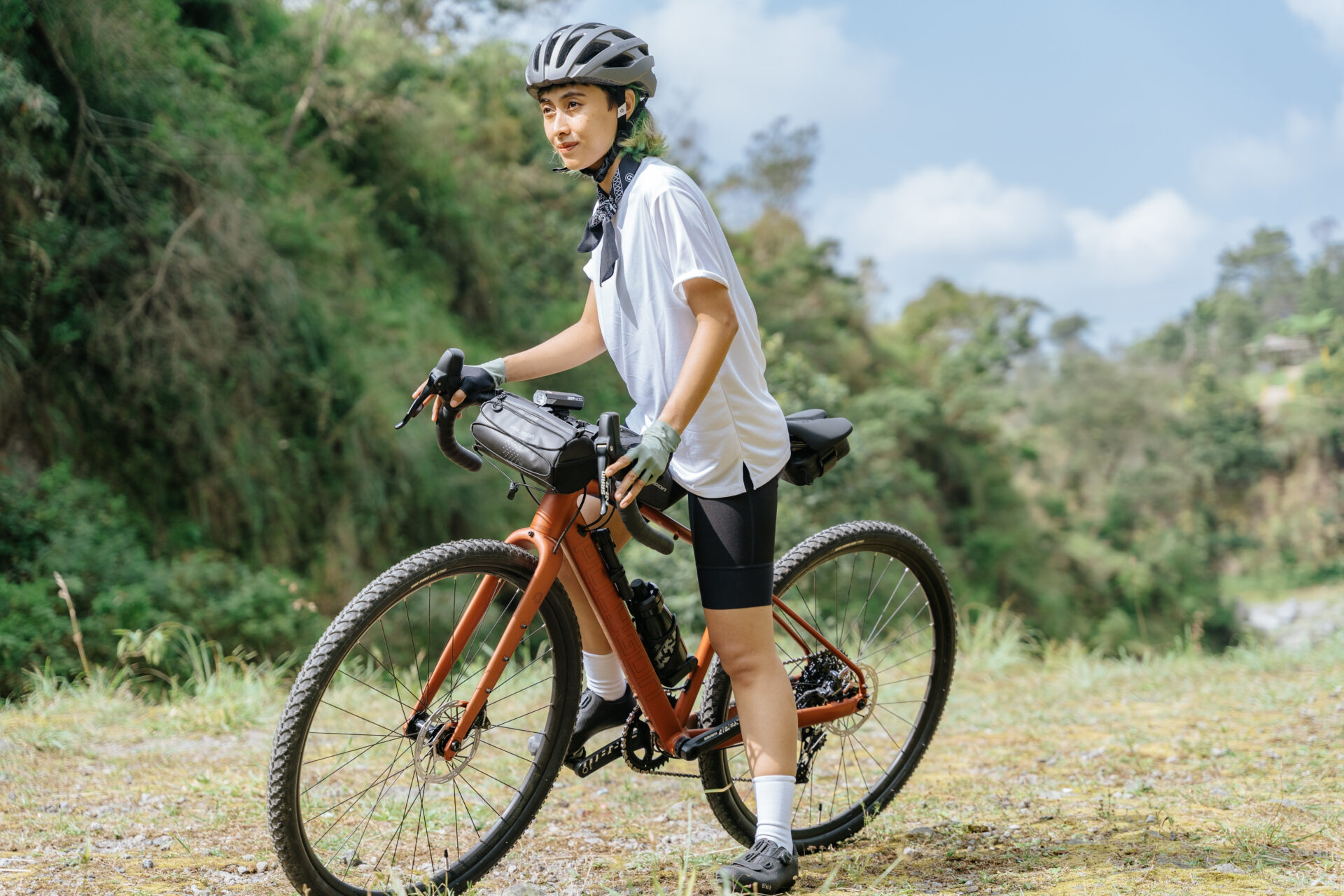
A gravel bike combines the features of a road bike, mountain bike, and touring bike into a versatile all-in-one ride. It is equipped with flared drop bars, ranging from 6° to 20°, providing added comfort on rough terrain. Some gravel bikes are even designed with rack and fender mounts, making them ideal for bike-packing adventures.
When it comes to tires, gravel bikes adopt the wider profile typically found in cross-country mountain bikes. Depending on the manufacturer, you can choose between 700c or 650b wheel sizes. For instance, Polygon's gravel bike uses 700c and 650b wheels to adapt to road surfaces, so it provides exceptional grip and traction across various road conditions.
The frame of gravel bikes is crafted using lightweight but strong materials like carbon fiber, aluminum alloy, and occasionally steel. This meticulous construction approach ensures that gravel bikes offer a lighter alternative to traditional touring bikes. With their weight advantage, gravel bikes empower road riders to explore new territories with remarkable ease, expanding their horizons on two wheels.
Can a Gravel Bike be Used in Touring?
The short answer is yes. Technically, there are several factors to consider when determining if your gravel bike is suitable for touring. Firstly, it's important to identify the specific type of gravel bike you own. Once you have that information, you can assess its compatibility for touring by focusing on the following aspects:
-
Geometry
First, a longer wheelbase is key. This means the distance between the front and rear wheels should be around 105-115 centimetres. Why does this matter? Well, it helps with balance, especially when you're carrying all your gear on the bike.
Next, let's talk about chain stays. These are the parts of the frame that hold the rear wheel. For a gravel touring bike, you'll want extended chain stays measuring approximately 41-45 centimeters. This helps create a stable and comfortable ride.
Lastly, the head tube length is important. This is the part of the frame that connects the handlebars to the rest of the bike. Aim for a head tube length of 13-20 centimeters, which will give you a more upright riding position. It's all about finding that sweet spot between an aggressive race bike and a traditional touring bike.
Remember, these measurements may sound technical, but they're crucial for finding a gravel-touring bike that suits your needs. So take your time, do your research, and don't be afraid to ask for help at your local bike shop.
-
Gearing
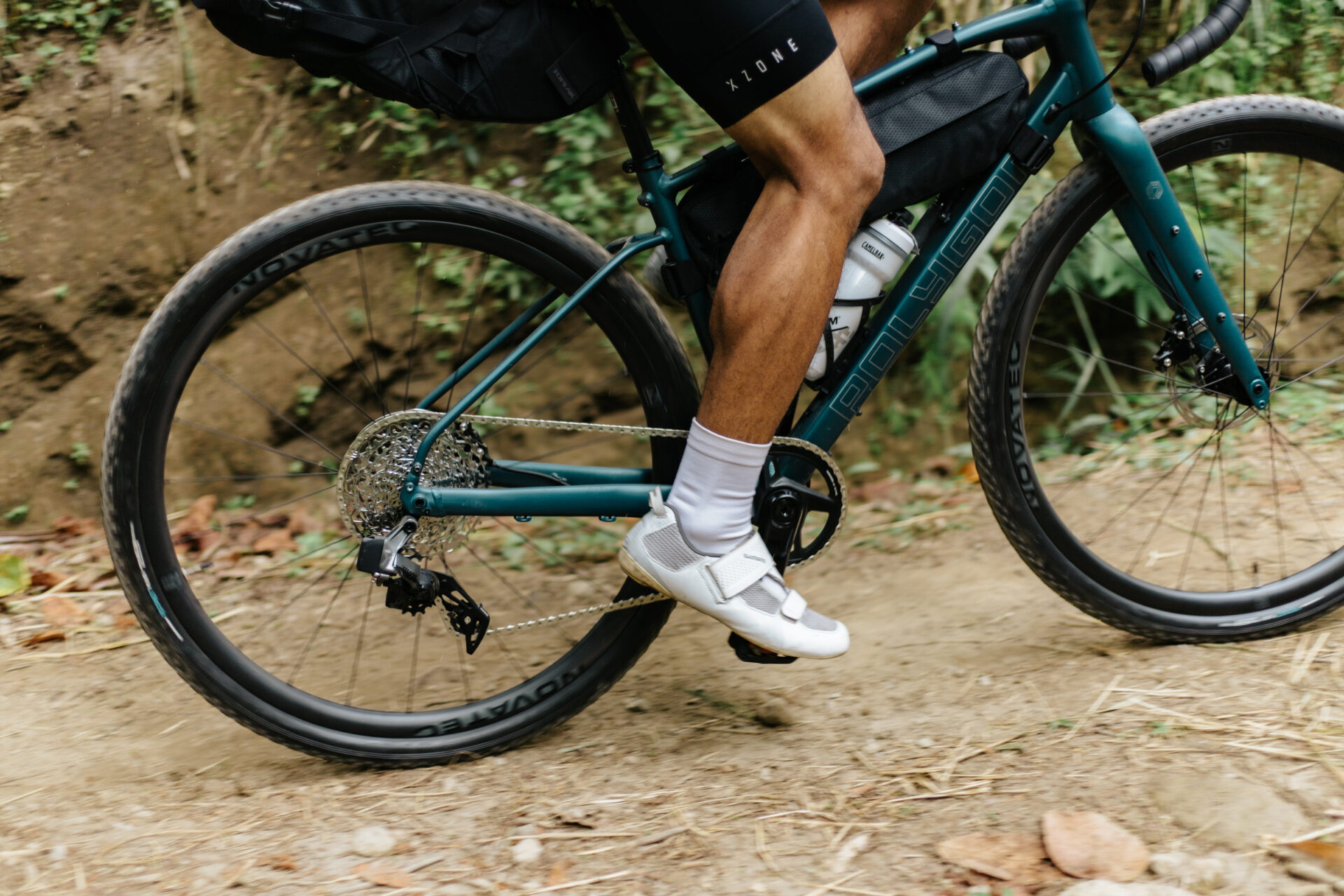
Gravel touring bikes offer a widcentimeterse range of gears to handle diverse terrains, it’s beneficial to choose a bike with a triple chainring setup. This means having three chainrings at the front, which provides a wider range of gear options. It allows for easier gears to tackle uphill climbs, intermediate gears for cruising on flat terrain, and harder gears for speedy descents.
The rear cassette, a cluster of cogs at the rear wheel, also plays a significant role in determining gear range. Opt for a cassette with a wide range of cogs, such as 11-34 or 11-36 teeth. This ensures smoother transitions between gears and allows you to adapt to different riding conditions seamlessly.
Take the time to experiment with different gear combinations and familiarize yourself with shifting smoothly. Remember to anticipate changes in terrain and maintain a comfortable cadence throughout your ride. If you need assistance or guidance, don't hesitate to consult experienced cyclists or visit your local bike shop for expert advice.
-
Material
When it comes to gravel touring bikes, the choice of frame material is an important consideration for experienced cyclists. One popular option is aluminum alloy, known for its durability and lightweight construction. It offers a responsive ride and is often favored by riders seeking a versatile and cost-effective choice.
Carbon fibre frames are highly regarded among experienced bikers looking for optimal performance. With their exceptional strength-to-weight ratio, carbon frames provide a lighter bike and excellent power transfer. The material's vibration-damping properties also contribute to a smoother ride, especially on uneven gravel surfaces.
Steel frames, on the other hand, are valued for their durability and ability to absorb road vibrations effectively. They offer a comfortable and forgiving ride, making them suitable for long-distance touring and gravel adventures. Although slightly heavier than other materials, steel frames boast robustness and a classic aesthetic.
Some bikes feature hybrid frames that combine different materials, such as carbon fiber paired with aluminium or steel. These combinations aim to maximize the benefits of each material, resulting in a well-rounded bike that balances weight, performance, and comfort.
-
Mounting
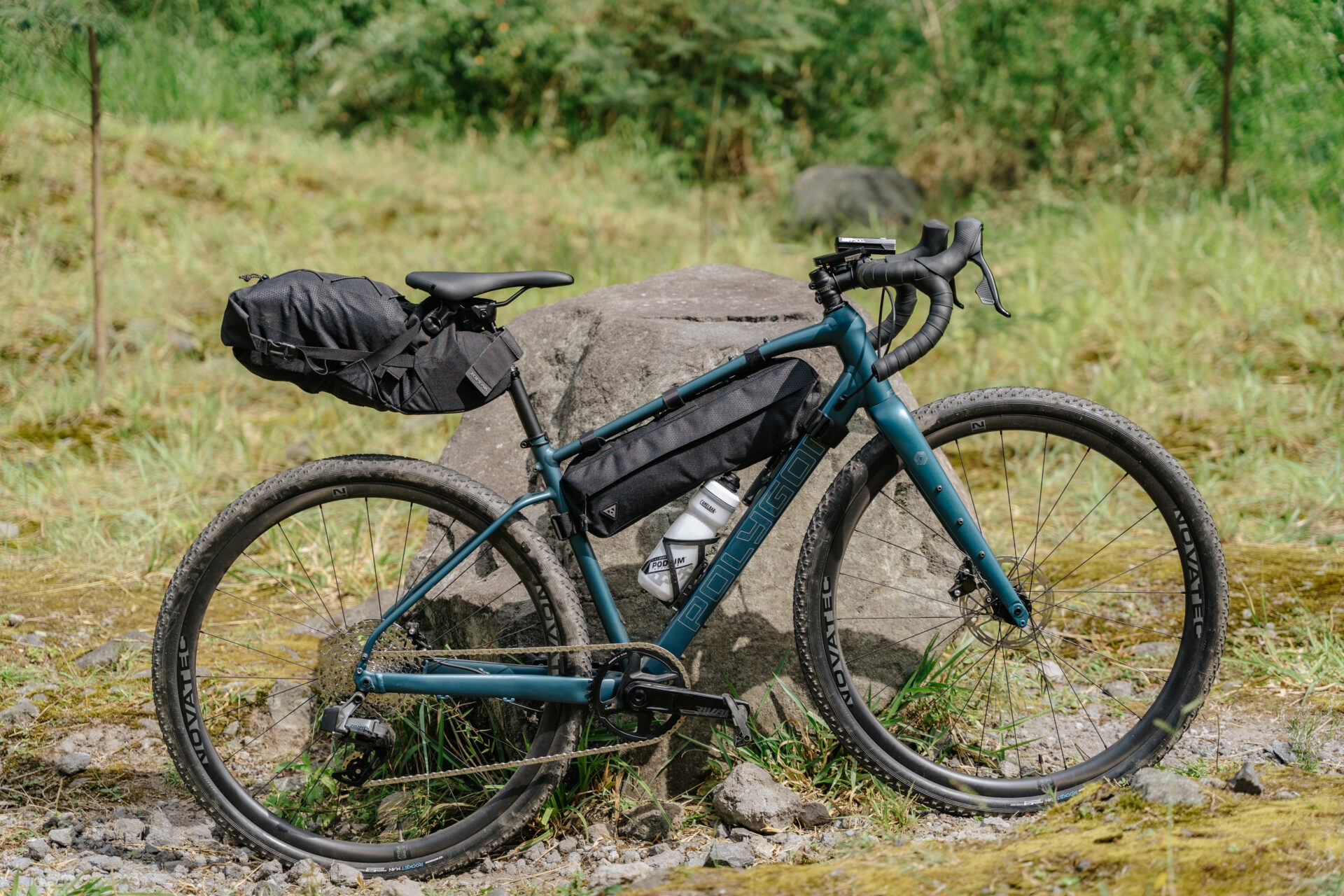
Mounting options are essential features that enhance the versatility and functionality of gravel touring bikes. They provide convenient solutions for carrying gear, expanding cargo capacity, and improving stability during your rides.
One crucial mounting option is the frame mount, which offers attachment points on the bike's frame. Frame mounts allow you to easily add racks, fenders, and other accessories. By utilizing frame mounts, you can securely attach panniers or bags, ensuring a balanced load distribution and improved stability. This feature is particularly valuable for multi-day tours or carrying extra supplies, as it expands your bike's carrying capacity and enables you to bring along all the essentials.
Consider the range of mounting options available on gravel touring bikes, as they provide added convenience, functionality, and expand the possibilities for your riding adventures. Choose a bike that offers the right combination of mounts to suit your specific needs and enhance your overall gravel touring experience.
Conclusion
By familiarizing yourself with the bike's geometry, gearing, frame material, and mounting options, you can make informed decisions when choosing the right bike for your needs. Remember to consider factors such as wheelbase, chain stays, head tube length, gear range, frame materials like aluminium alloy, carbon fibre, or steel, and the availability of frame mounts for attaching accessories.

The Polygon Bend Series gravel bike offers a combination of features, from geometry, mounting, and strong frame materials, thus providing a comfortable ride. Why is the Bend Series a recommendation? Not only geometry and materials, the Bend R9X and V9X bikes are also equipped with SRAM Rival 1, a wireless shifting system that provides a smoother gearshift experience. The Bend V9X itself comes with a different and awaited concept, namely fork suspension which gives you more freedom to explore various terrains and enjoy long-distance touring. Happy riding!


